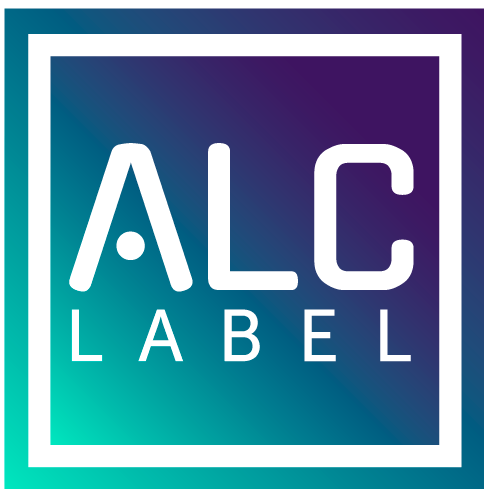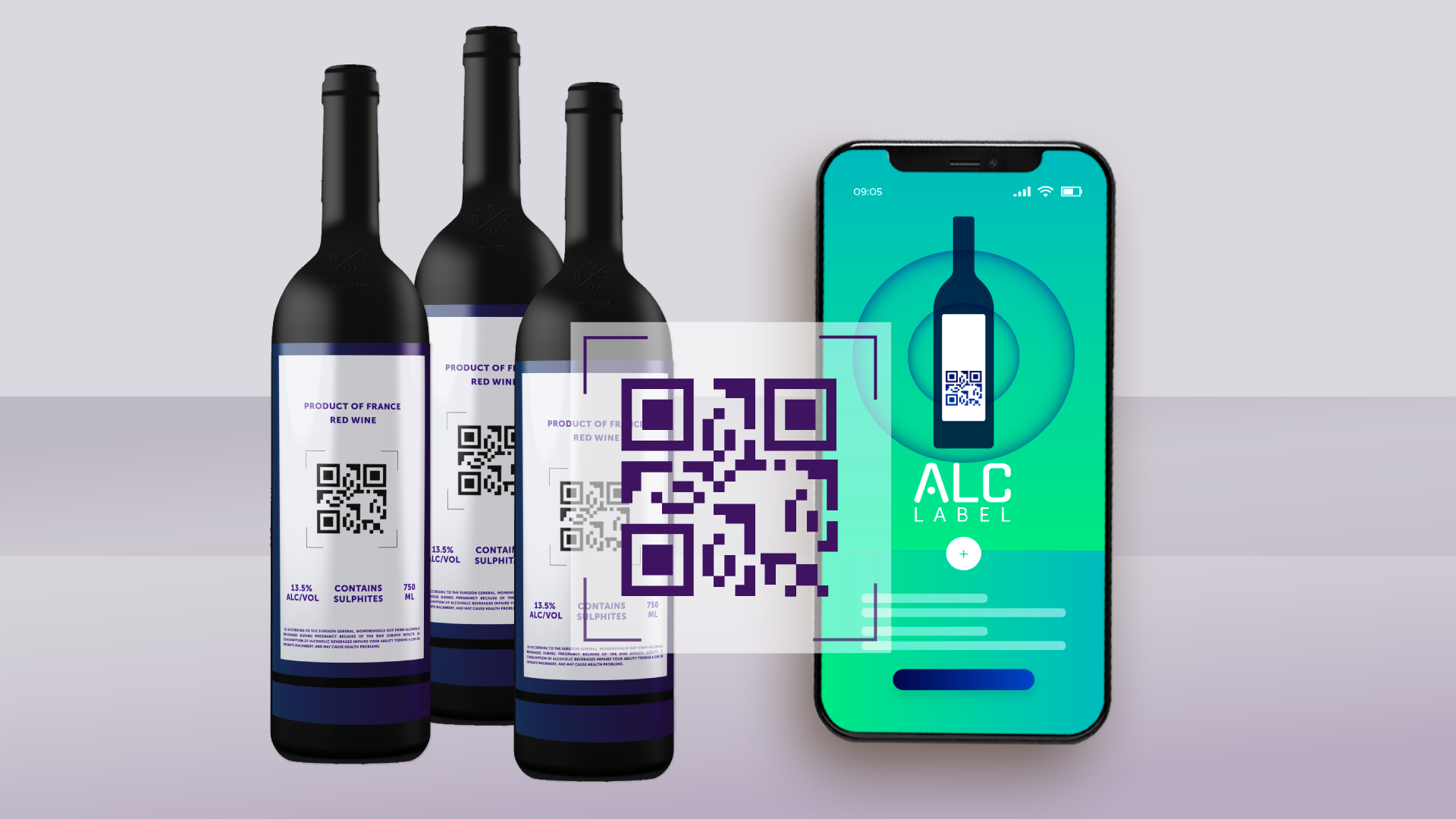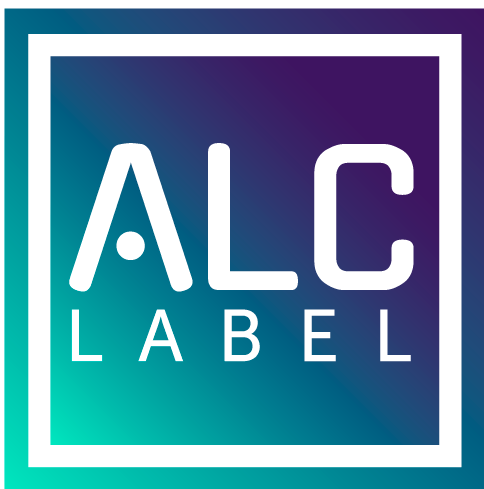How to read an Italian wine label
Whether you're a wine lover or just looking to buy a bottle, knowing how to read an Italian wine label can make a big difference in informing your choice. This article will teach you how to read an Italian wine label and give you the confidence to make the best purchase possible.
Mandatory Terms on an Italian wine label
There are some terms that all bottles of Italian wine must include on their labels:
- The producer’s name
- The name of the product (wine) name,
- The size of the bottle (750ml, 1l, etc.),
- The level of alcohol
- Type of wine (still, sparkling)
- Color of the wine (red, white, orange)
- Sulphites disclosure.
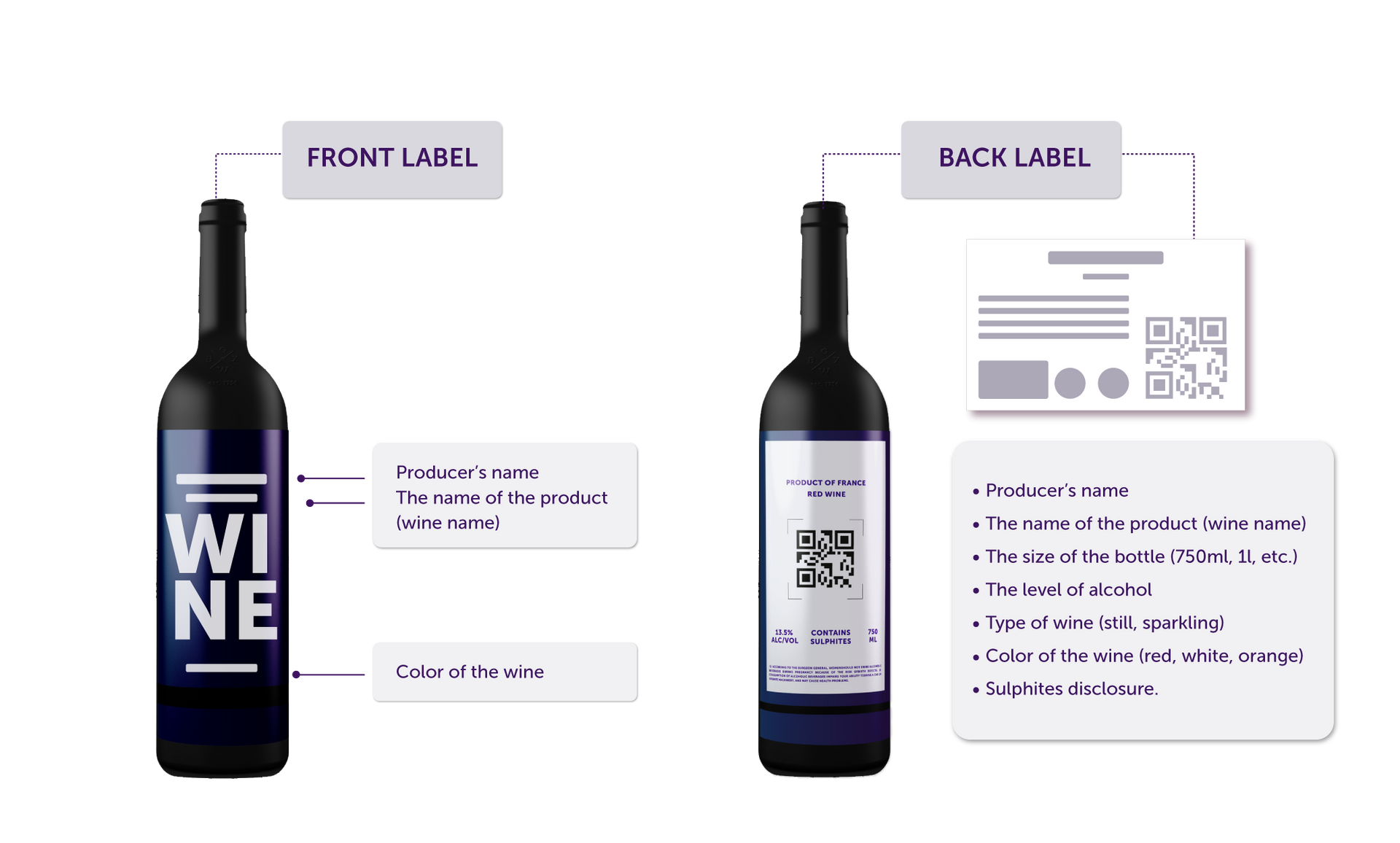
Descriptive Terms on Italian Wine Labels
Many wineries choose to include additional terms to help better inform the wine consumer about the purchase choice they are making. Some other terms you can find on the wine label are vineyard and winery. The label may also indicate the grape variety used or even the aromas of the wine or the best food pairing.
Most Italian wine labels will also include the appellation, the vintage and the grapes used.
- The term "appellation" is often used to describe the region where the grapes are grown. Italy has the highest number of regions and sub-regions in the world of any country in the world. Learn more about Italy and its wine regions at www.vinerra.com.
- The wine vintage refers to the year of the grapes' harvest and not the year in which the wine was released.
- Finally, grapes refer to the variety of grapes used. As wine quality levels rise, the type of grapes used becomes more and more specific.
It is important to remember that a wine with a different vintage will be slightly different from a wine with the same vintage.
Wines may also be classified by their grape varietal. Italy has the most grape varieties, with over 3,000 indigenous varietals in addition to all the clonal types and the international varietals. If you are interested in learning more, we highly recommend Ian d’Agata’s book Native Wine Grapes of Italy.
Another term you will always find on labels is the name of the winery that produced the wine. This is usually located in the center of the front wine label.
The Italian Quality Pyramid
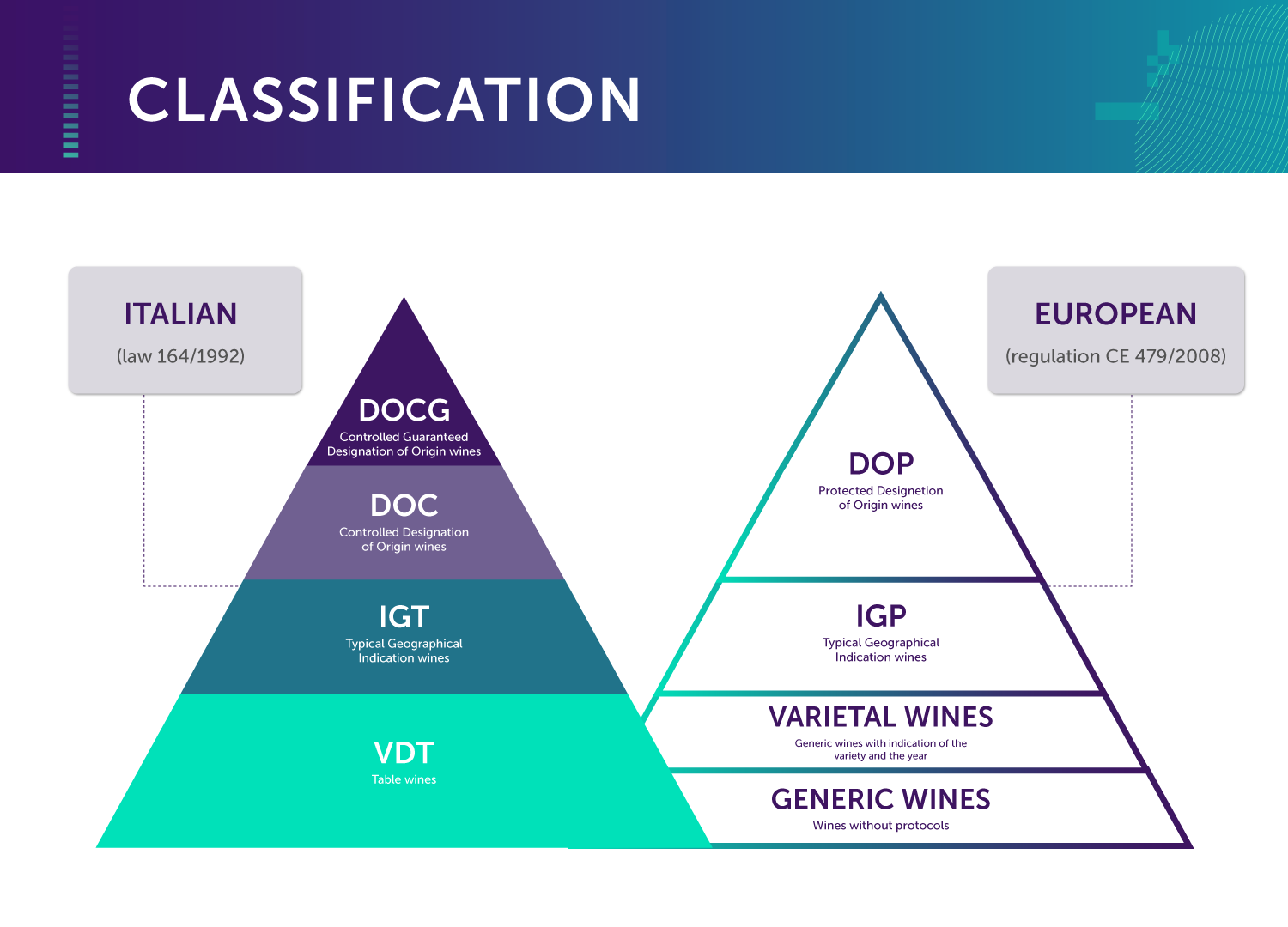
Now, what is the quality classification for Italian wines, and what are the characteristics of each?
All Italian wines can be included in one of the Italian government-approved classifications. These classifications are based on different aspects of the wines, such as:
- The grape variety
- The region where the grapes were produced
- The appellation of origin
- The vintage
These classifications help determine the taste and quality of a wine. Although inspired by the French system, this classification system has a crucial difference: the Italian system has 2 DOC categories, while France has only 1.
Now, why should you know the Italian classification system? When buying your next wine, keeping it in mind will give you a general idea of what you should expect from that wine. Although, as we will see later, a higher or lower classification does not imply that a wine will be better or worse.
The French AOC appellation system inspires the classification system for Italian wines. We will now discuss the four most common quality levels for Italian wines.
Vino da Tavola
The name Vino da Tavola means "table wine.” These wines are usually intended for daily consumption. Although they are typically not intended for aging, this wine may surprise you, as we will see below.
VDT, according to the government classification, is the lowest quality category of Italian wines. However, you should only sometimes be guided by this preconception. Many producers make high-quality wines and label them as VDT, as this classification is not as regulated as the others; therefore, they have greater freedom to shape each wine. Without going any further, you will find incredible natural or biodynamic wines in this category.
IGT
The Indicazione Geografica Tipica (IGT) is another of the most common categories within Italian wines and is the largest category of all. This category, introduced in 1992, is the second lowest category of Italian wine classification. The IGT focuses on two aspects of the wines:
- Geographical indication.
- The grape variety, which must be indicated on the label. Also, at least 85% of the grapes must come from the same geographical area.
While it may seem that IGT wines are of inferior quality, this may be a misconception in many cases. This is because, as with the Vino da Tavola classification, the IGT category gives greater freedom to producers, for example, to design blends with Italian grapes blended with Italian grapes.
DOC
The Denominazione di Origine Controlata (DOC) is a category introduced in 1963 and is the second-highest quality level of Italian wines. In this category, various rules on the production and aging of wines are included. Among the most important regulations, we can find:
- The type of wines that can be produced (such as Rosso Riserva or Vendemmia Tardiva wines).
- The quantity of grapes that can be produced per hectare.
- The grape varieties that can be used to produce the wines.
- The alcoholic strength of the wine
- The aging time of each wine
In this type of wine, you will find several indications on the label, for example:
- Name of the winery
- Grape variety
- Name of the regional wine group that produced the grapes (known as Consorzio).
- Name of the Member State from which the grapes come from
DOCG
The Denominazione di Origine Controllata is considered the highest quality category and is, therefore, the strictest of the regulations that each wine must comply with. Among the most important regulations are the following:
- All wines in this category must have been in the DOC category for at least seven years.
- No wine in this category may be bottled in a container with more than 6 litres capacity.
- In addition, DOCG wines must first undergo an organoleptic and tasting analysis to control the level of alcohol and acidity of each wine.
- Moreover, DOCG wines must use specific grape varieties from the designated growing area.
Currently, wines can be classified within this category in 70 Italian regions. If a wine meets all the requirements, the bottle is given a red seal on the foil (issued by the government) and a numbered seal on the label.
However, as mentioned above, you should not be guided to buy a wine just because it is in this category. There are many examples, such as the Super Tuscan wines, where producers decided not to follow the DOC or DOCG rules because they felt these took away their freedom to produce unique wines.
An excellent example of a DOCG wine is Brunello di Montalcino. All wines of this designation must be made from grapes grown at an altitude of no more than 1,960 feet. In addition, they must be aged for at least four years and have at least 12.5% alcohol.
In addition to these four denominations, others are more particular. Here we will talk about 2 of them: Riserva and Passito.
Riserva
This designation refers exclusively to the number of years a wine has been aged. Generally, an Italian wine must have been aged for at least two years to qualify for this appellation. Of course, some wines have special regulations:
- For example, Barolo Riserva wines must be aged for at least five years to achieve this appellation.
- On the other hand, Chianti Riserva wines must be aged for at least 27 months.
Passito
Finally, the Passito appellation is used only for wines produced by the method of the same name.
- First, the grapes are harvested before they reach the maximum period of ripeness. In this way, the concentration of sugars is higher.
- Then, the grapes are dried by placing them on straw mats and leaving them in the sunlight, although many producers prefer to put them in closed places with windows open to increase ventilation. Depending on the type of Passito (some of them are Recioto, Vin Santo and Picolit), the grapes can lose between 10 and 60% humidity.
- After this process, it is time for fermentation, which can take several years. This is usually done in wooden barrels.
- Finally, the wine is left to age and then bottled.
The result is a very sweet wine, so they are usually chosen as dessert wines. They also have a higher alcohol content than other styles of wine. On the other hand, thanks to their aging, they can develop a more intense flavour.
Final Thoughts
Although the classification system for the most common Italian wines is relatively simple, it can be challenging to comprehend if you are not well-versed in the terminology. However, this should not discourage you from enjoying some of the finest wines the country has to offer, including the legendary Barolo and the sweet Passito. While it is essential to understand the different quality levels, one does not necessarily have to limit their enjoyment of a particular wine because of its classification. So, don't be intimidated by the classifications - with a little research, you can explore the vast world of Italian wine and find the perfect bottle to suit your tastes.
Use this classification as a guide when buying wine from Italy. Not as an absolute. You could be in for a surprise, as has happened before with Super Tuscan wines. Each category has characteristics. Use the Italian wine quality pyramid as just a guide. Many of these rules are archaic and producers work tirelessly to change them and evolve. You could find your next favourite wine in each category. If in doubt, ask your local purveyor of fine wine what they recommend.
